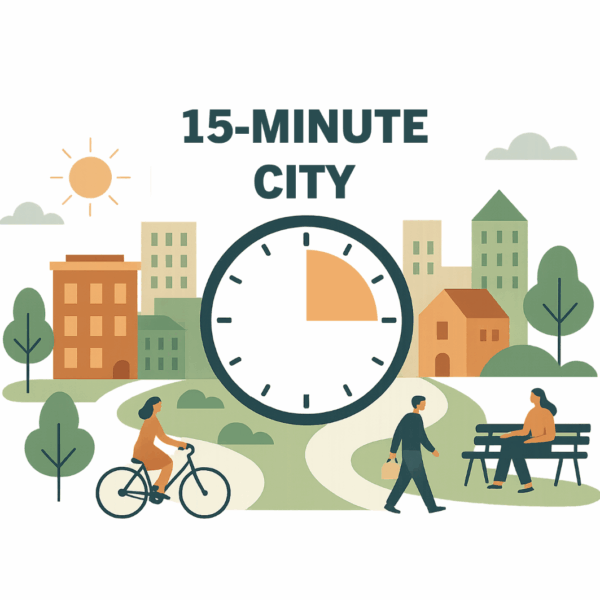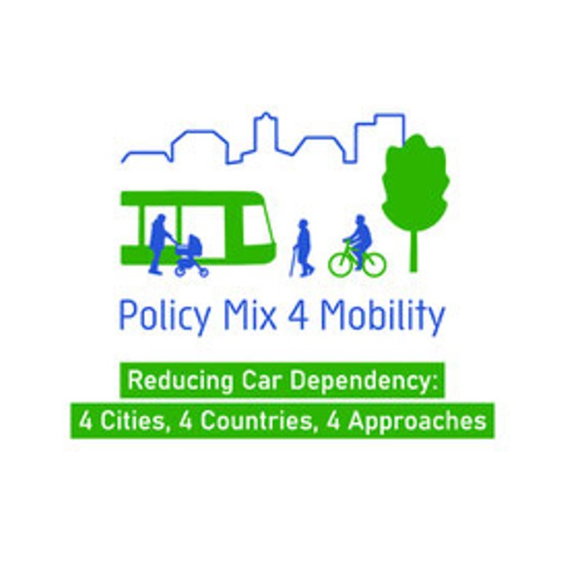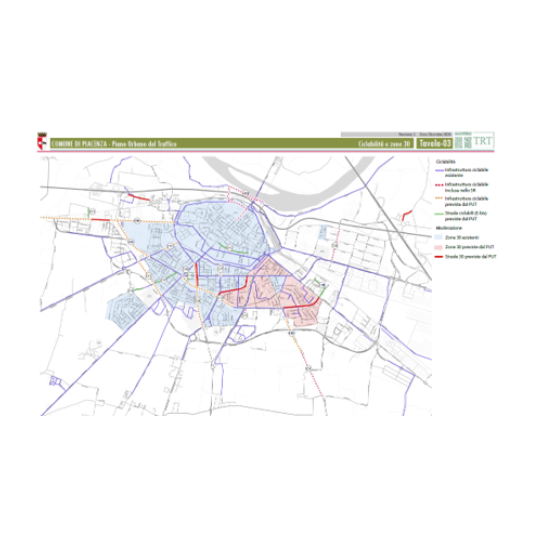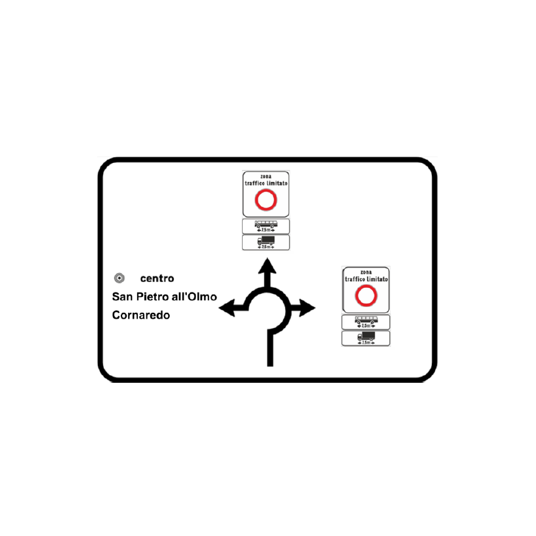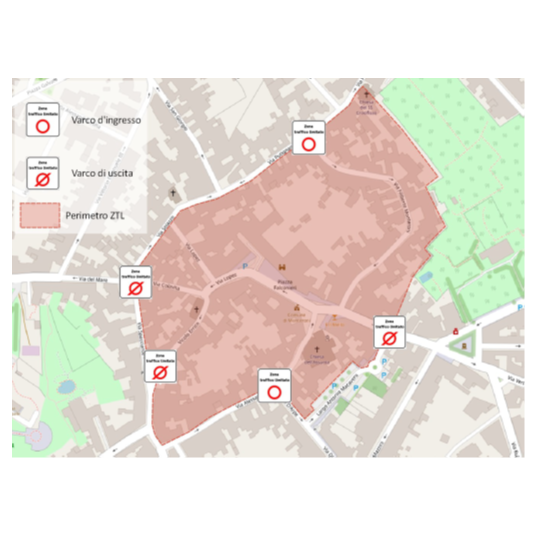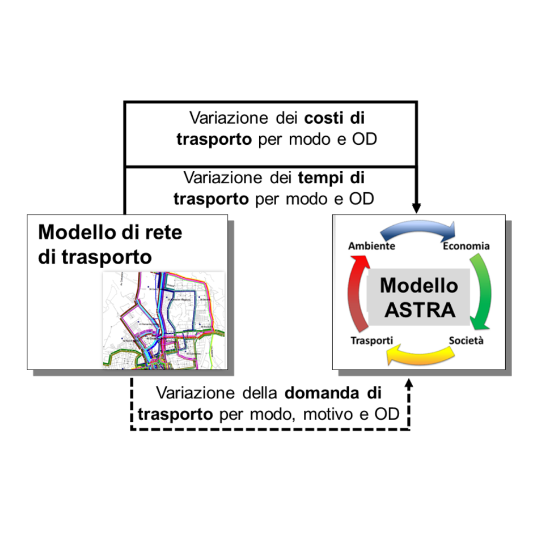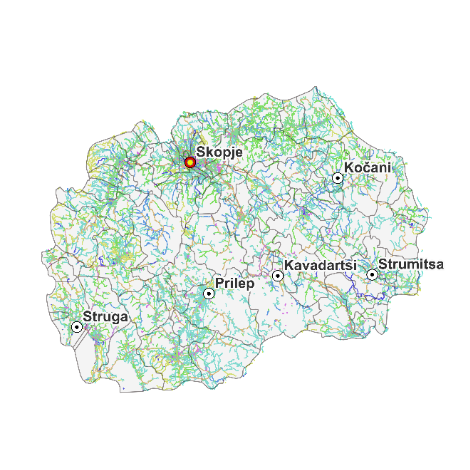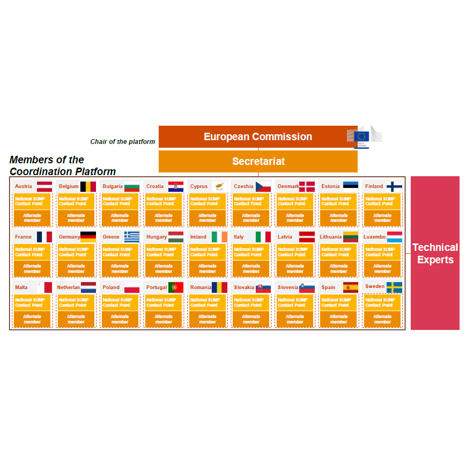- All
- African projects
- assessment
- assessment selected projects
- Assessment selected projects 2
- Assessment selected projects 3
- Assessment selected projects 4
- ASTRA
- Cost Benefit Analysis
- Electric mobility and ITS
- MOMOS
- planning
- planning selected projects
- planning selected projects 2
- planning selected projects 3
- planning selected projects 4
- planning selected projects 5
- projects
- Railways projects
- research
- research selected projects
- research selected projects 2
- research selected projects 3
- studies
- studies selected projects 1
- studies selected projects 2
- studies selected projects 3
- studies selected projects 4
- studies selected projects 5
- TRTingegneria
- TRUST
- urban mobility
- UVAR4US – Using Urban Vehicle Access Regulations for Reshaping Urban Space The UVAR4US project, coordinated by RiSE (Research Institutes of Sweden) with TRT among its partners, is funded under the Driving Urban Transitions (DUT) partnership within the Horizon Europe programme. The project explores how Urban Vehicle Access Regulations (UVARs) can help create cleaner, more liveable, and people-friendly cities in line with the 15-minute city vision — where daily needs are within a short walk or cycle. UVAR4US studies how access regulations affect mobility, the use of public space, and car dependency. By breaking UVARs down into key “building blocks”, the project identifies how different approaches can be combined to fit local urban contexts and community preferences. An open knowledge base will share examples of existing UVARs and their impact on mobility and urban life. A participation framework will highlight how citizen involvement and transparent decision-making contribute to successful policies. These resources will feed into the UVAR4US Toolkit — a practical set of tools to help cities design and evaluate UVAR strategies that support the 15-minute City model. Four Living Lab cities, each preparing to implement new access regulations, will test and refine the project’s tools and methods in real-life conditions. Why it matters Cities across Europe struggle with congestion, air pollution, and limited public space. UVAR4US aims to show how smarter vehicle access management can reduce car dependency, encourage walking, cycling, and public transport, and improve overall urban quality of life. Participating countries Belgium, Germany, Greece, Italy, Spain, Sweden. Funded project partners Cluster Viooikonomias Kai Perivallontos Dytikis Makedonias, Helsingborgs kommun, Living Prospects Ypiresies Anaptyxis & Perivallontos Etaireia Periorismenis Efthynis, Rupprecht Consult-forschung & Beratung GmbH, TRT Trasporti E Territorio Srl, Universiteit Gent
- Municipality of Fermo, Sustainable Urban Mobility Plan Following a tender procedure, the Municipality of Fermo entrusted TRT, together with local experts, with drafting the Sustainable Urban Mobility Plan (PUMS) and the related Preliminary Environmental Report – Screening procedure for Strategic Environmental Assessment (SEA).The drafting of the PUMS is structured in three phases. The first phase is related to the definition of guidelines, including the knowledge framework of the mobility system and the SWOT analysis, leading to the formulation of objectives and strategies. The planning-programming framework was defined at regional, provincial, and local levels, along with the territorial and socio-economic context of the planning area, the supply of transport networks and services, mobility demand, and the social (accidents) and environmental impacts generated by the mobility system. The second phase includes the drafting of the preliminary PUMS report, which builds on the knowledge framework to identify planning scenarios and related actions. This document allows the initiation of the SEA screening procedure, providing the essential information to assess the environmental impact of the Plan. In parallel with the first and during the second phase, a participation process was developed involving local stakeholders: initially to identify the critical issues of the mobility system and later to critically review the system of actions forming the Plan’s scenario. The feedback received helped refine the definition of scenarios based on comments and suggestions. The third phase is the drafting of the final Plan document, which includes not only the contents of the second phase but also the results of the MOMOS model application, as well as cost estimates and target indicators.
- Diffusing sustainable mobility options and reducing car dependency in urban areas PolicyMix4Mobility aims to create an inter- and transdisciplinary understanding of policy mixes and their effects based on policy packages that promote sustainable mobility practices and reduce car use in urban areas. This work is informed by a novel conceptual framework, bridging qualitative (case studies), quantitative (modelling) and transdisciplinary (urban labs, forum) methodological approaches to assess existing policy mixes and develop prospective ones. The project involves four European cities of different sizes and diverse socio-spatial conditions and policy contexts, located in Cyprus, Denmark, Germany, and Italy. While they differ in terms of progress towards sustainable mobility, but they share the common ambition to reduce car dependency and promote climate-neutral, socially just urban mobility systems. The project will first develop a conceptual basis for a better understanding of policy mixes aimed at reducing car dependency as well as a monitoring and evaluation framework for assessing the direct and indirect effects of such policy mixes. These will inform the empirical analyses performed through case studies in the four cities and the organization of urban labs. The case studies will enable the collection, analysis, and assessment of qualitative and quantitative data about policy mixes to reduce car dependency and their effects on mobility transitions. To improve the understanding of the effects of mobility and transport policy measures with a strategic approach, the project will also apply the MOMOS assessment tool. The Urban labs will develop in each city tools and methods for institutional, procedural, and social innovations, and actions plans for policy mixes to encourage their development and implementation. A key outcome of the project will be the Mobility Policy Mix Toolbox – a strategic resource designed to support cities and policymakers in navigating the complex politics of mobility transitions.The Consortium is led by IOEW (Germany), including TRT and 6 other partners from Cyprus, Denmark, Germany, Italy. TRT contributes to the project as it comes to: Introduction to the project by the coordinator Dr. Florian Kern (Institute for Ecological Economic Research – IÖW)
- Update of the Urban Traffic Plan (UTP) of the Municipality of Piacenza, a short-term (two-year) implementation tool of the Sustainable Urban Mobility Plan The Municipality of Piacenza has commissioned TRT to draft the monitoring report for the Sustainable Urban Mobility Plan (SUMP) (document submitted and registered on 10/08/2023) and to update the Urban Traffic Plan (UTP). The UTP is a short-term implementation plan (covering a two-year period) aimed at carrying out the interventions foreseen in the Short-Term Scenario of the SUMP. The development of Piacenza’s UTP follows the guidelines set out in the Ministerial Directives of 1995 and the most recent updates to the Italian Highway Code. The monitoring of the SUMP lays the foundation for selecting the interventions that define the scenarios of the UTP. In fact, the document reports on the updated state of urban mobility in Piacenza, assessing the progress and impacts of the actions taken since the approval of the SUMP in December 2020. Based on this evidence, the most consistent interventions with the SUMP’s short-term scenario (2–3 years) have been selected. This selection also considered existing planning tools, such as the 2024–2026 Three-Year Public Works Program, the Cycling Plan (approved on 17/04/2023), the Smart City Plan (October 2019), the Environmental Noise Action Plan, and other strategic documents. The UTP was developed in three main phases: With Municipal Resolution No. 23 of 11 February 2025, the Draft Plan was adopted. Following the 30-day period dedicated to public consultation, and the related replies/amendments, the Plan was definitely approved by the Municipal Council with Resolution No. 25 of 22/09/2025.
- Study to identify the perimeter of a Restricted Traffic Zone within the inhabited area of Cusago (Milan) TRT was commissioned to carry out a study aimed at identifying the correct perimeter of a Restricted Traffic Zone (ZTL) for commercial vehicle traffic to be placed within the inhabited area of Cusago, a municipality of the Metropolitan City of Milan. The implementation of the ZTL for heavy vehicles is intended to solve the problem of heavy vehicles crossing residential areas, where today a ban on access is in force, which is frequently not respected. The study included: Photographic overview of planned access points location
- Drafting of the Urban Plan of Sustainable Mobility of the Municipality of Monteroni di Lecce(LE) accompanied by verification of subjection to strategic environmental assessment (SEA) The Municipality of Monteroni di Lecce (LE) has entrusted TRT Trasporti e Territorio with the service of drafting the Sustainable Urban Mobility Plan (PUMS). The Plan is financed by the Apulia Region as part of the authority’s commitment to provide municipalities with strategic planning tools for the urban mobility and transport sector. TRT was chosen by the Administration in continuity with the recent work carried out for the elaboration of the General Urban Traffic Plan (PGTU), approved by the City Council in April 2024.Starting from the knowledge of the territory acquired thanks to the previous PGTU, TRT has drafted the PUMS, a Pano document of a strategic nature with a 10-year time horizon, which represents a medium-long term guide capable of orienting the Administration’s decisions in the field of mobility.The drafting of the PUMS developed through two phases. The first consisted in drafting the Plan’s Guidelines, containing the cognitive framework, the SWOT analysis and, consequently, the Plan’s objectives and strategies, including the description of indicators. The cognitive framework included the superordinate planning framework, the analysis of mobility demand, infrastructure and services endowment, the position of traffic attractors as well as information related to mobility impacts (pollutants, accidents, motorisation rate, etc.).The second phase included the identification of alternative Plan scenarios, monitoring, cost estimation, the results of the Plan Scenario assessment through the implementation of the strategic model MOMOS (MOdello per la MObilità Sostenibile) with the consequent extraction of transport, environmental, social and economic sustainability indicators. MOMOS was applied to assess, in an aggregate way, the impact of the mobility policies introduced, such as the expansion of the bicycle network, new public transport services, the ZTL, speed moderation, etc.. A screening report was also prepared to accompany the second phase, in order to evaluate the exclusion of the Plan from the SEA process by the competent authority. Monteroni SUMP was adopted with resolution n. 136 in the 8th on November 2024 by the Town Government Council and approved with resolution n. 6 in the 12th February 2025 by the Town Council.
- ASTRA-ЕС model update and improved interaction with multimodal network assignment tools ASTRA is an integrated strategic model employed for policy assessment in the transport and energy field. The model is based on the System Dynamics approach and built in Vensim; it simulates the interaction between the transportation system and the environmental and economy modules. It is developed by TRT and used for several years by the Joint Research Center of the European Commission. TRT supported the use of ASTRA by JRC in two studies: http://www.astra-model.eu/
- Technical Assistance for Development of Sustainable Urban Mobility Plans for five Municipalities and providing training on developing and implementation of Sustainable Urban Mobility Plans North Macedonia faces significant challenges in managing its extensive local road network, which spans approximately 9,000 kilometers and falls under the jurisdiction of decentralized municipalities. Many of these municipalities lack the capacity and resources necessary for effective infrastructure maintenance, resulting in deteriorating road conditions that limit access to essential services and opportunities, ultimately affecting citizens’ quality of life. Developing a well-structured Sustainable Urban Mobility Plan (SUMP) is crucial to addressing these challenges and achieving the aforementioned objectives. The primary objective of this project, financed by the International Bank for Reconstruction and Development – World Bank, is to develop the SUMPs for the municipalities of Kavadarci, Kochani, Struga, Strumica, and Prilep by enhancing accessibility, promoting health and safety, supporting economic growth, and mitigating environmental impacts. This will be achieved through the promotion of sustainable transport modes, and the adoption of low-carbon initiatives aimed at reducing emissions and optimizing traffic flow. The SUMP development process aligns with European guidelines and is divided into two macro-activities:
- Technical secretariat of the coordination platform to support Member States in implementing requirements for urban nodes in the revised TEN-T Regulation The European Commission’s Sustainable and Smart Mobility Strategy outlines a roadmap for achieving a sustainable, smart, and resilient transport system, with cities playing a central role in this transition. By 2030, all cities are expected to develop Sustainable Urban Mobility Plans (SUMPs) to drive this transformation. The New Urban Mobility Framework further emphasizes the importance of integrating cities and regions into the Trans-European Transport Network (TEN-T) by improving first and last-mile connections for both passengers and freight. Ensuring better coordination among local authorities is key to achieving this goal. To support these efforts, the revised TEN-T Regulation designates 432 urban nodes and establishes key requirements to be met by 31 December 2027. These include: To facilitate the implementation of these requirements, a coordination platform is being established. This platform serves as the main forum for exchange and collaboration among EU Member States, supporting the rollout of SUMPs and urban mobility indicators (UMI). By fostering knowledge-sharing and cross-border cooperation, it aims to ensure a consistent and high-quality approach to urban mobility across Europe. The platform’s technical secretariat is coordinated by PwC, with TIS, TRT, and ICLEI integrating the consortium. TRT leads Task 2, a pivotal component of the project that focuses on providing expert advice for implementing the urban node requirements. Key responsibilities include:

